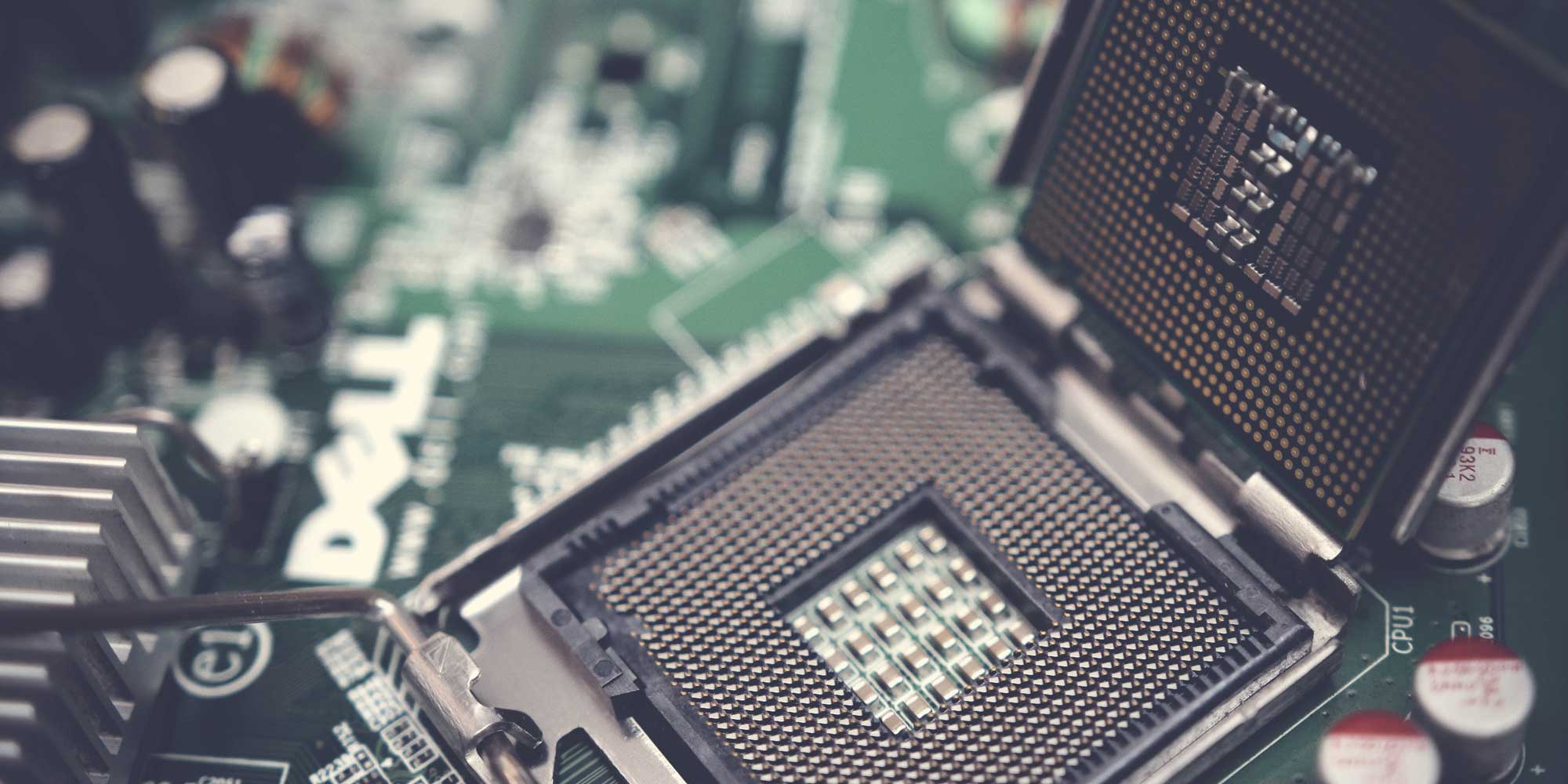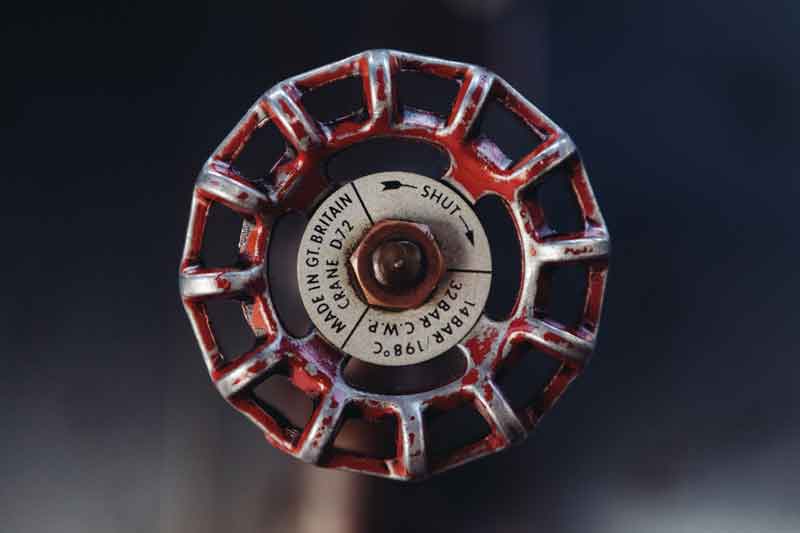Background Information
Manganese, the chemical symbol known as Mn and the atomic number as 25, is a grayish-white, hard-brittle and shiny transition metal. Pure manganese is slightly softer than iron while impure manganese containing a small amount of impurities is firm and brittle; moist will oxidize the latter.
Manganese abounds in nature. Soil contains 0.25% manganese. Tea, wheat and hard-shell fruits also contain much manganese. Manganese-related works include gravel, mining, electric welding, production of dry batteries, and dye industry. In 1774, Gann separated metal manganese; Bergman named it manganese. Manganese can be obtained by aluminothermic reduction of pyrolusite. If you are interested in knowing what role manganese plays in stainless steel, here is what you are looking for.
- Item Name: Manganese
- Element Symbol: Mn
- Atomic Number: 25
- Atomic Volume: 54.94

The Role Manganese Plays in Stainless Steel Microstructure and Heat Treatment
1. Manganese is a good deoxidizer and desulfurizer. Industrial steel generally contains a certain amount of manganese.
2. When manganese is dissolved in ferrite and austenite, it can enlarge the austenite region, increase the critical temperature A4 point and decrease A3 point. When manganese exceeds 12%, the upper critical point falls below room temperature so that steel forms a single austenitic structure at room temperature. It decreases the carbon content of the eutectoid while reducing the eutectoid temperature.
3. Manganese significantly reduces the steel Ad and martensite transformation temperature (which performance is second only to carbon) as well as the speed of phase transformation in steel, improving the steel hardenability and increasing the residual austenite.
4. Manganese uniforms and refines the quenched and tempered steel structure, avoiding the aggregation of carbides in the carburized layer, but it increases the overheat sensitivity and temper brittleness tendency of the steel.
5. Manganese is a forming element for weak carbide.
The Role Manganese Plays in Stainless Steel Mechanical Properties
1. Manganese has less strengthening effect on ferrite or austenite than carbon, phosphorus and silicon. It has no effect on ductility while increasing steel strength.
2. Manganese significantly enhances the strength of low-carbon and medium-carbon pearlitic steels due to the refinement of pearlite, resulting in reduced ductility.
3. Manganese improves the mechanical properties of quenched and tempered Sorbite by improving the hardenability.
4. Manganese will not reduce the steel toughness under the premises of strictly controlling the heat treatment process, avoiding grain growth during overheating and temper brittleness.
The Role Manganese Plays in Stainless Steel Physical and Chemical Properties
1. With the increase of manganese, the steel thermal conductivity decreases sharply and the coefficient of linear expansion increases, producing large internal stress during rapid heating or cooling, and increasing the cracking tendency of the workpiece.
2. Manganese dramatically reduces steel electrical conductivity; accordingly, the resistivity will increase while the temperature coefficient of resistance will decrease.
3. Manganese increases coercive force and decreases saturation magnetic induction, residual magnetic induction and magnetic permeability. Hence, manganese is advantageous to permanent magnet alloys while harmful to soft magnetic alloys.
4. When the manganese is high, the steel oxidation resistance will decrease.
5. Manganese allows the sulfur in the steel to form the MnS of higher melting point, avoiding the FeS film on the grain boundary, eliminating the steel hot brittleness, and improving the hot workability.
6. High-manganese austenitic steel exhibits high resistance of deformation, and obvious columnar crystal in steel ingot, easy to crack when forging.
7. Since manganese increases hardenability and reduces martensite transformation temperature, it will exert adverse effect on weldability. It can reduce carbon content in the appropriate range.
Manganese Applications in Stainless Steel
1. Usually, there is a proper amount of manganese and phosphorus in the free-cutting steel, and the MnS inclusion makes the chips easy to break.
2. In ordinary low-alloy steel, manganese is used to strengthen ferrite and pearlite, and enhance the steel strength. It generally contains 1%-2% manganese.
3. Many series of carburizing, quenching and tempering structural alloy steels contain no more than 2% manganese.
4. Manganese is used in spring steel, bearing steel and tool steel to greatly enhance the hardenability. Oil quenching and air cooling quenching processes can be used to reduce cracking, distortion and deformation.
5. Wear-resistant steel, non-magnetic steel, stainless steel and heat-resistant steel includes high-carbon high-manganese wear-resistant cast steel, low-carbon high-manganese stainless steel, high-manganese heat-resistant steel, etc.
Related
- Functions of Microalloy Elements Nb, V and Ti in Steel
- The Role Molybdenum Plays in Stainless Steel
- The Role Chromium Plays in Stainless Steel
- The Role Nickel Plays in Stainless Steel
Contact
CIVMATS Co., Ltd. produces high-value stainless steel raw materials. If you want to know more about stainless steel, please keep following us. Any requirements or questions about stainless steel, call CIVMATS!
- Company: CIVMATS CO., LIMITED
- Phone: 86-519-81809659
- Fax: 86-519-81809959
- Email: sales@civmats.com
- Address: 10th Floor, Xin Cheng Nan Du, Wujin District, Jiangsu, China
- Website: www.civmats.com

